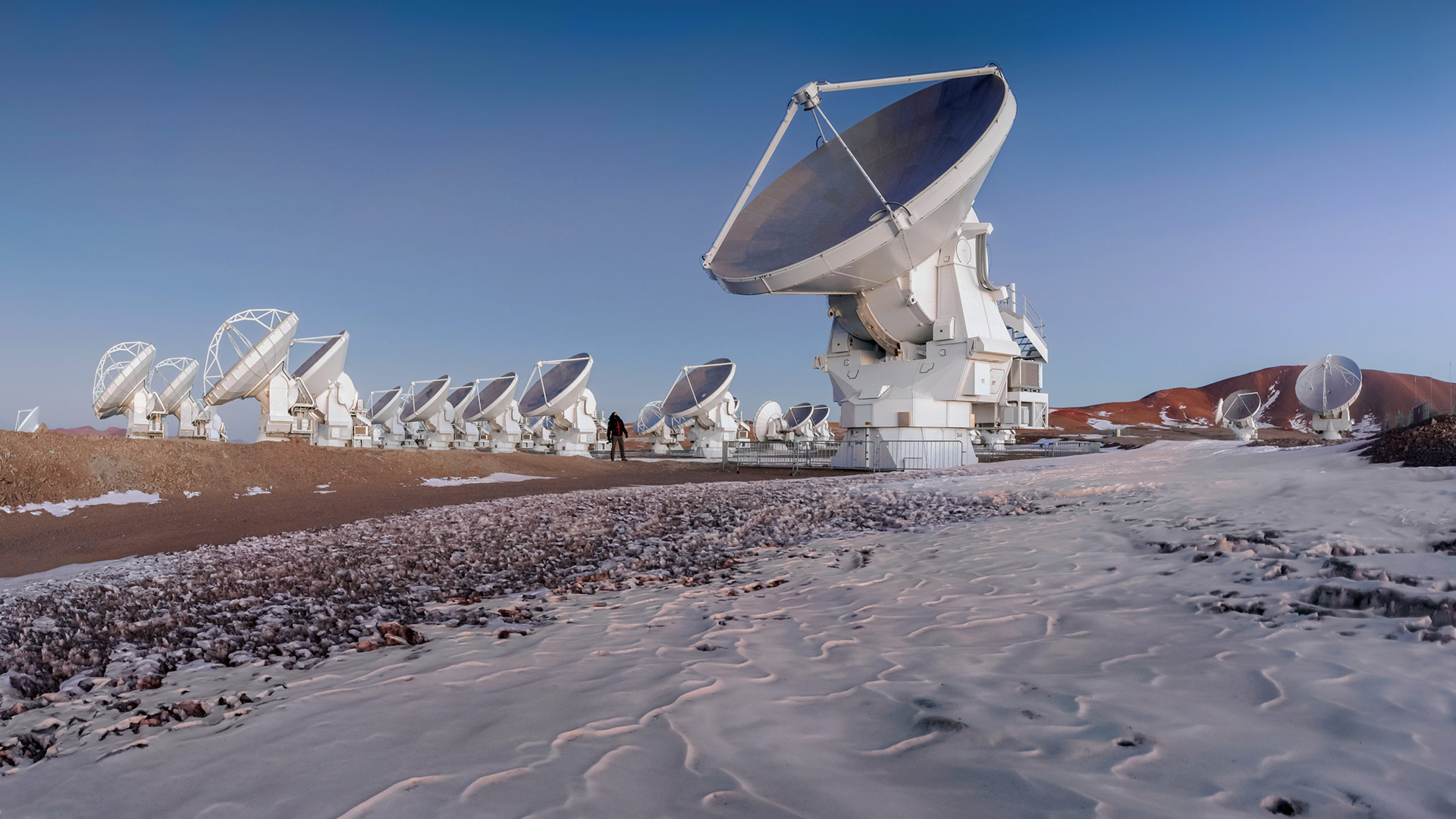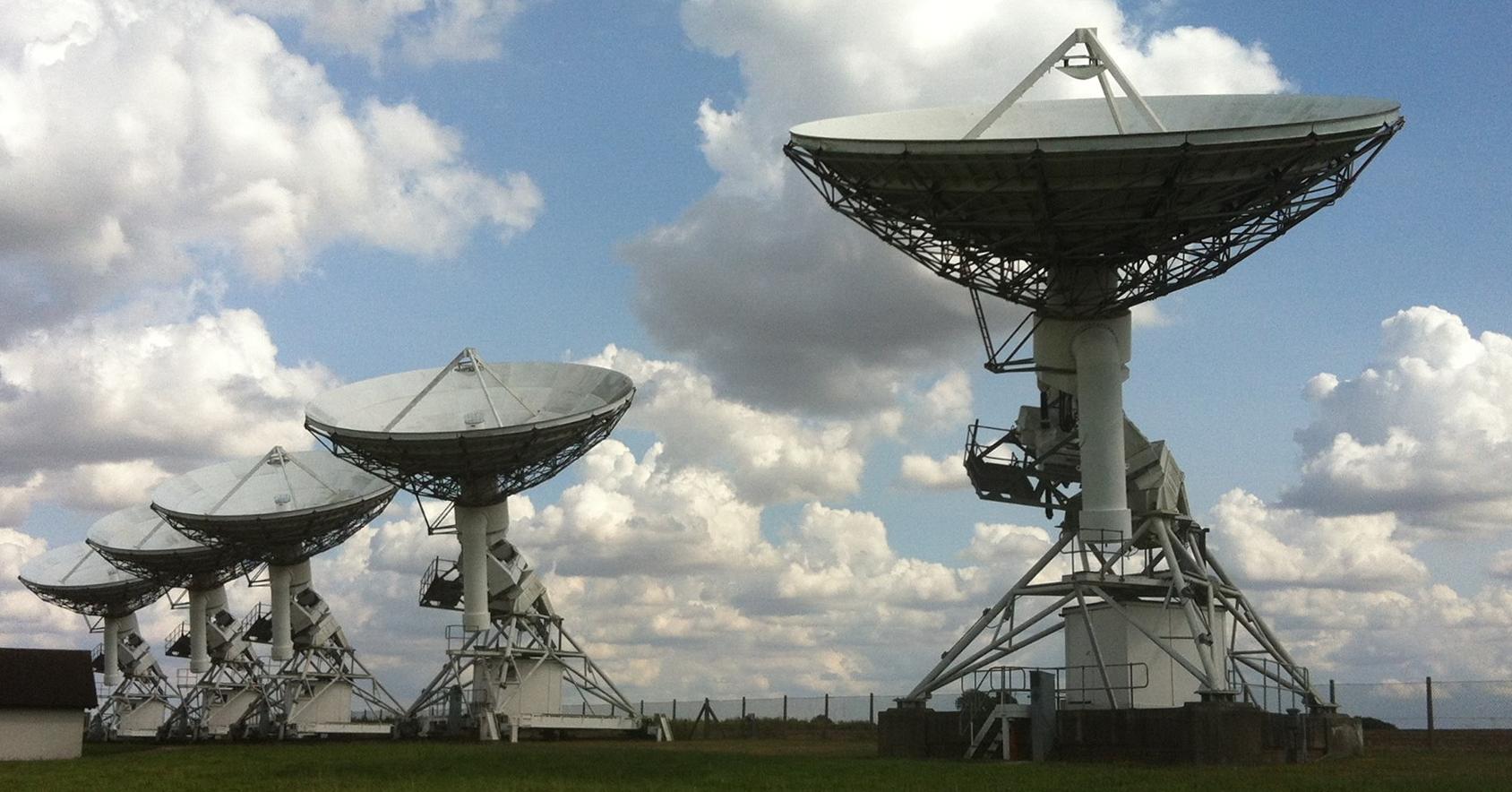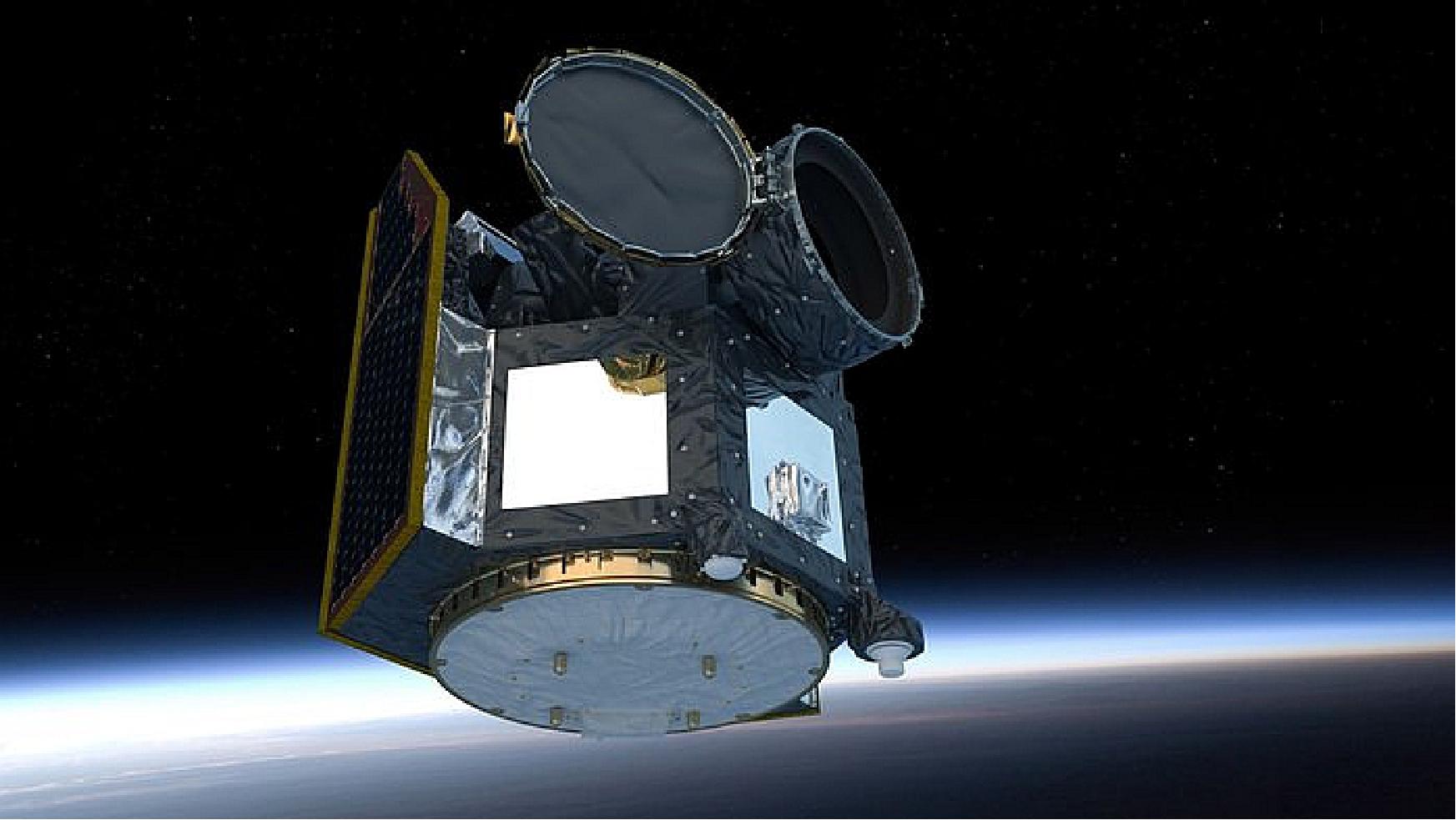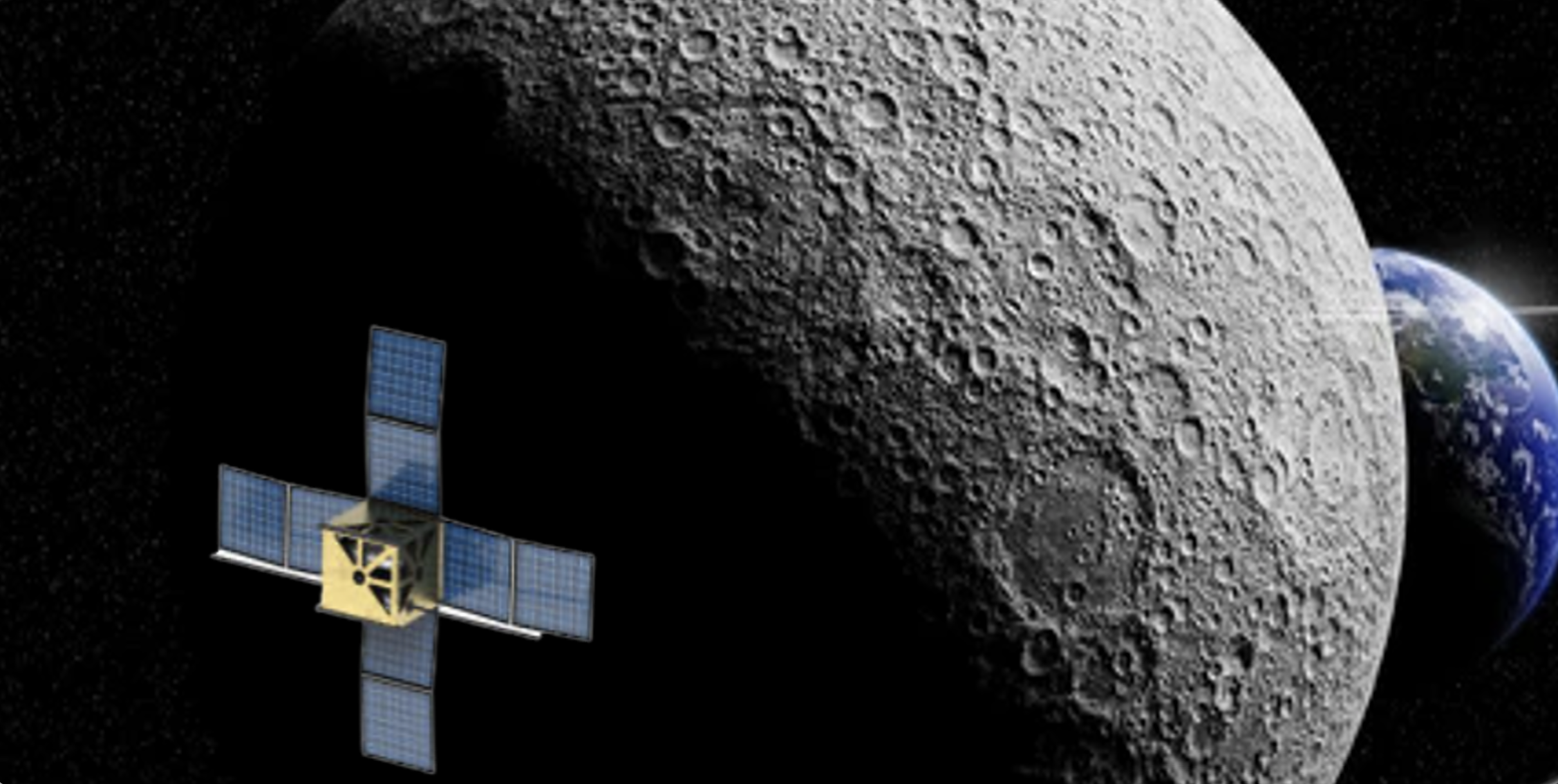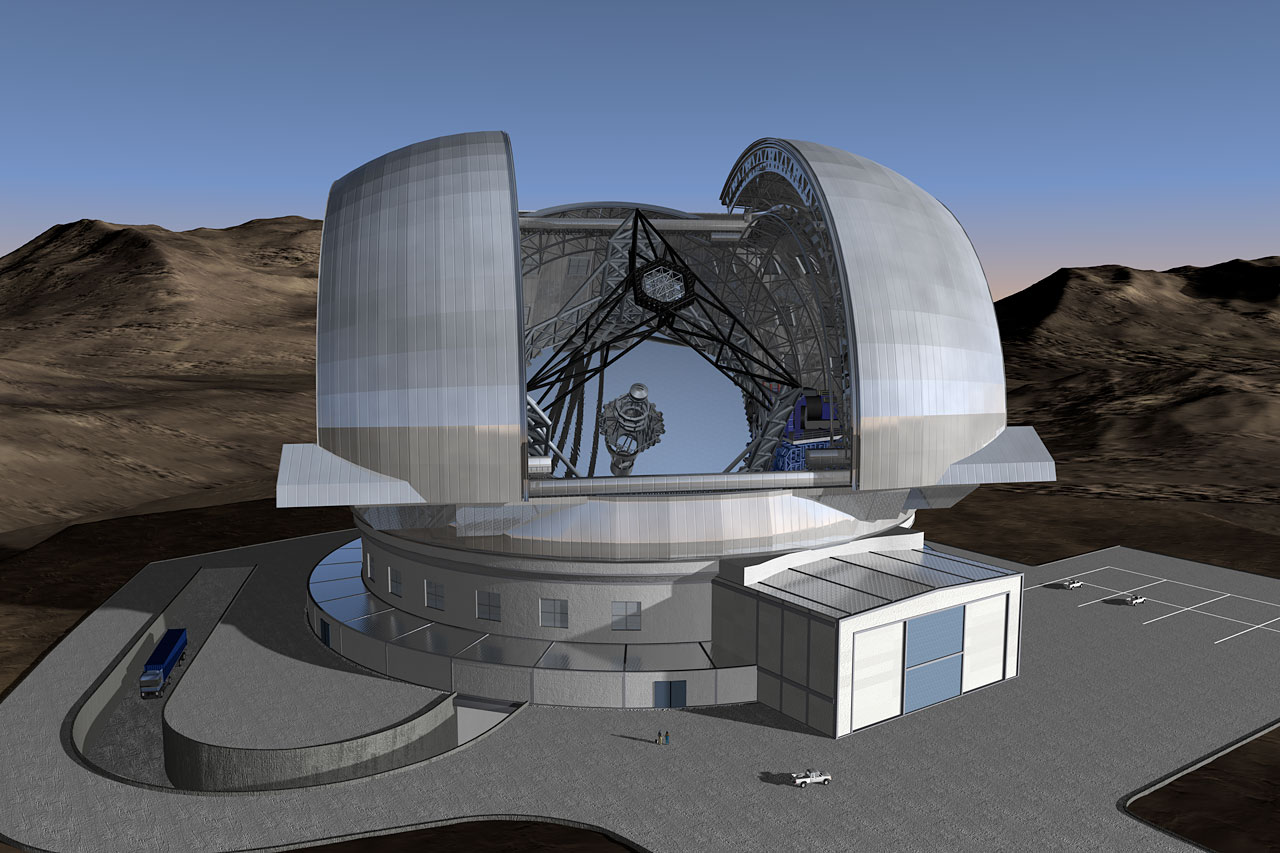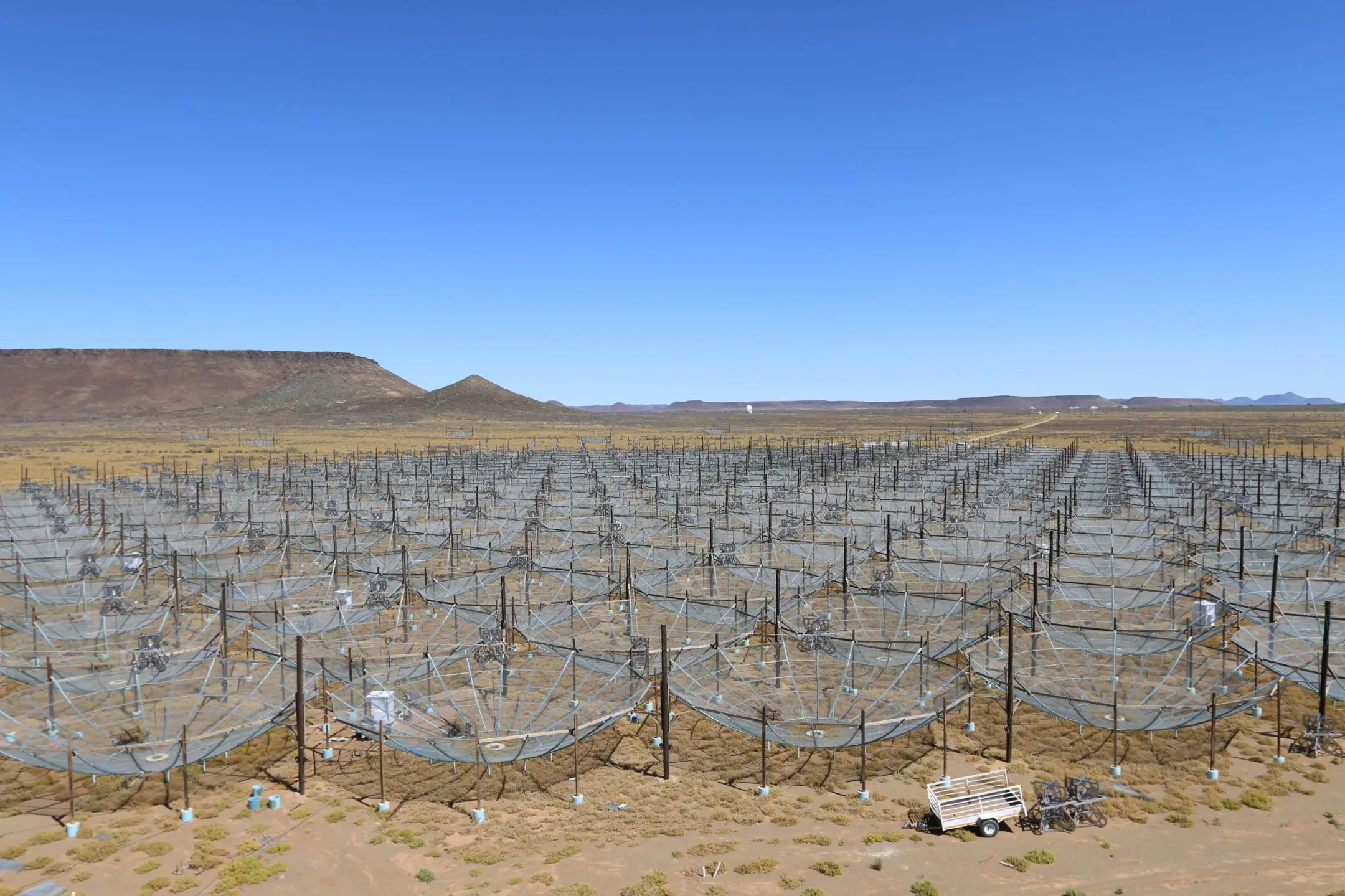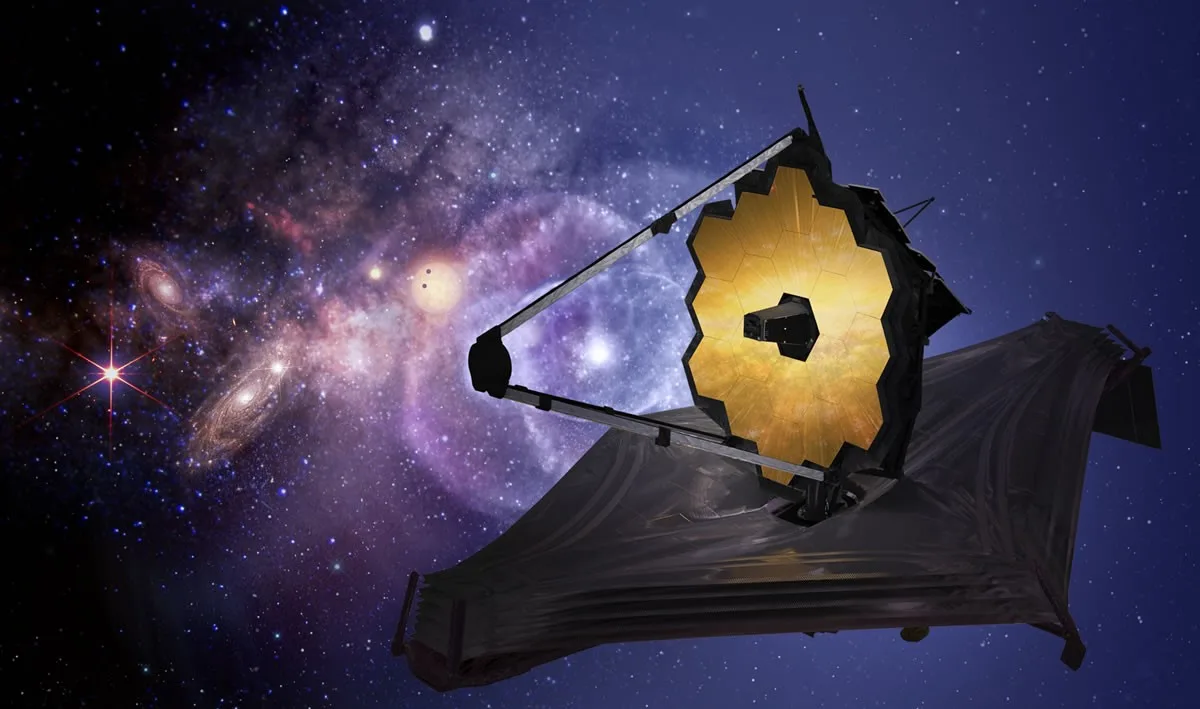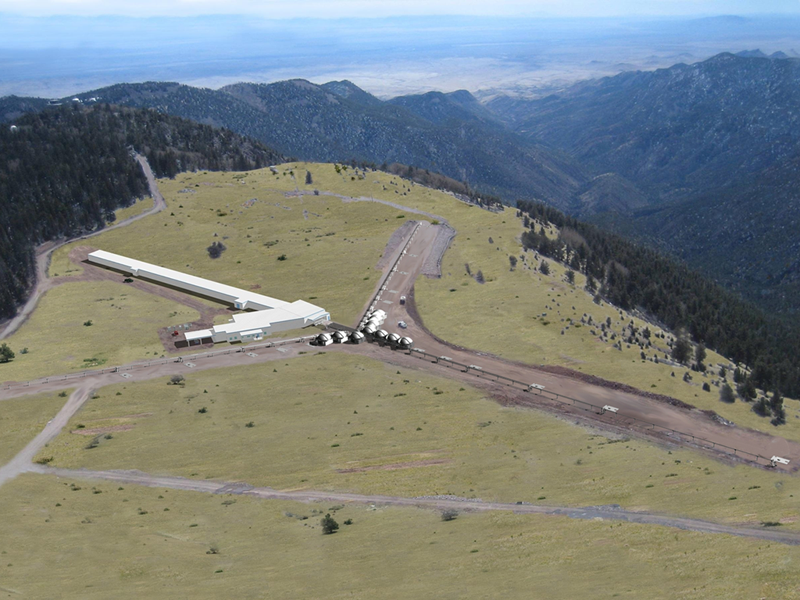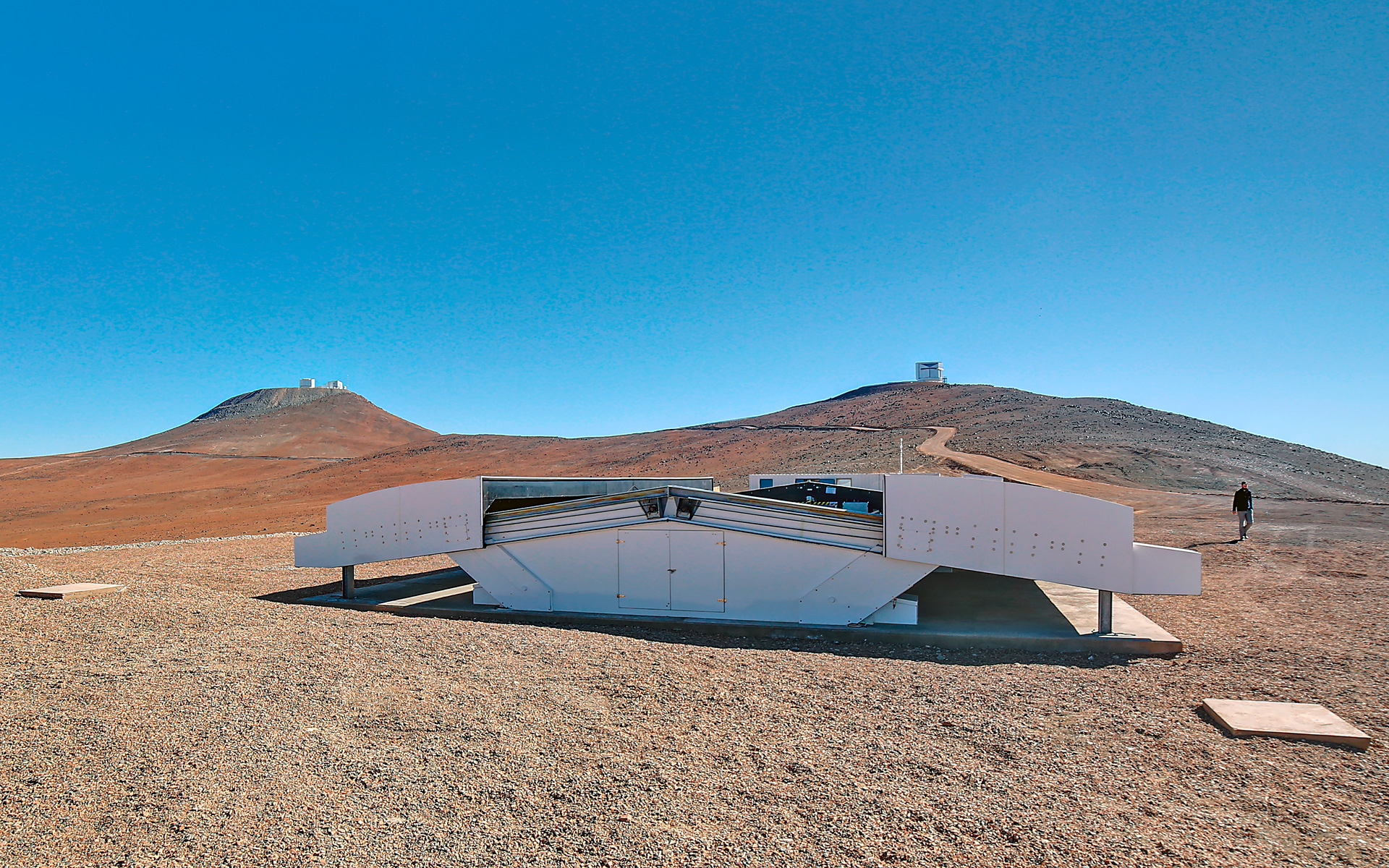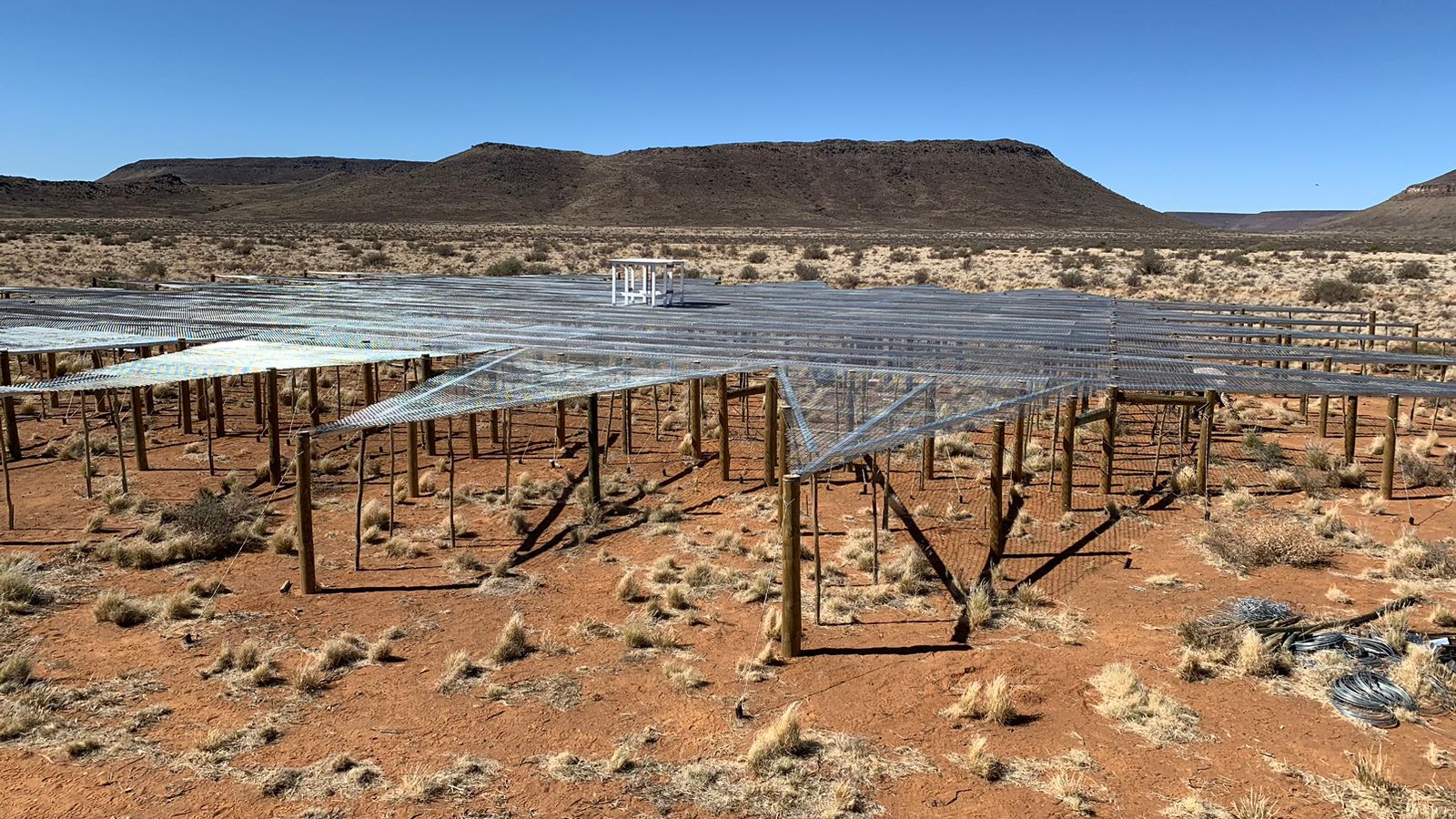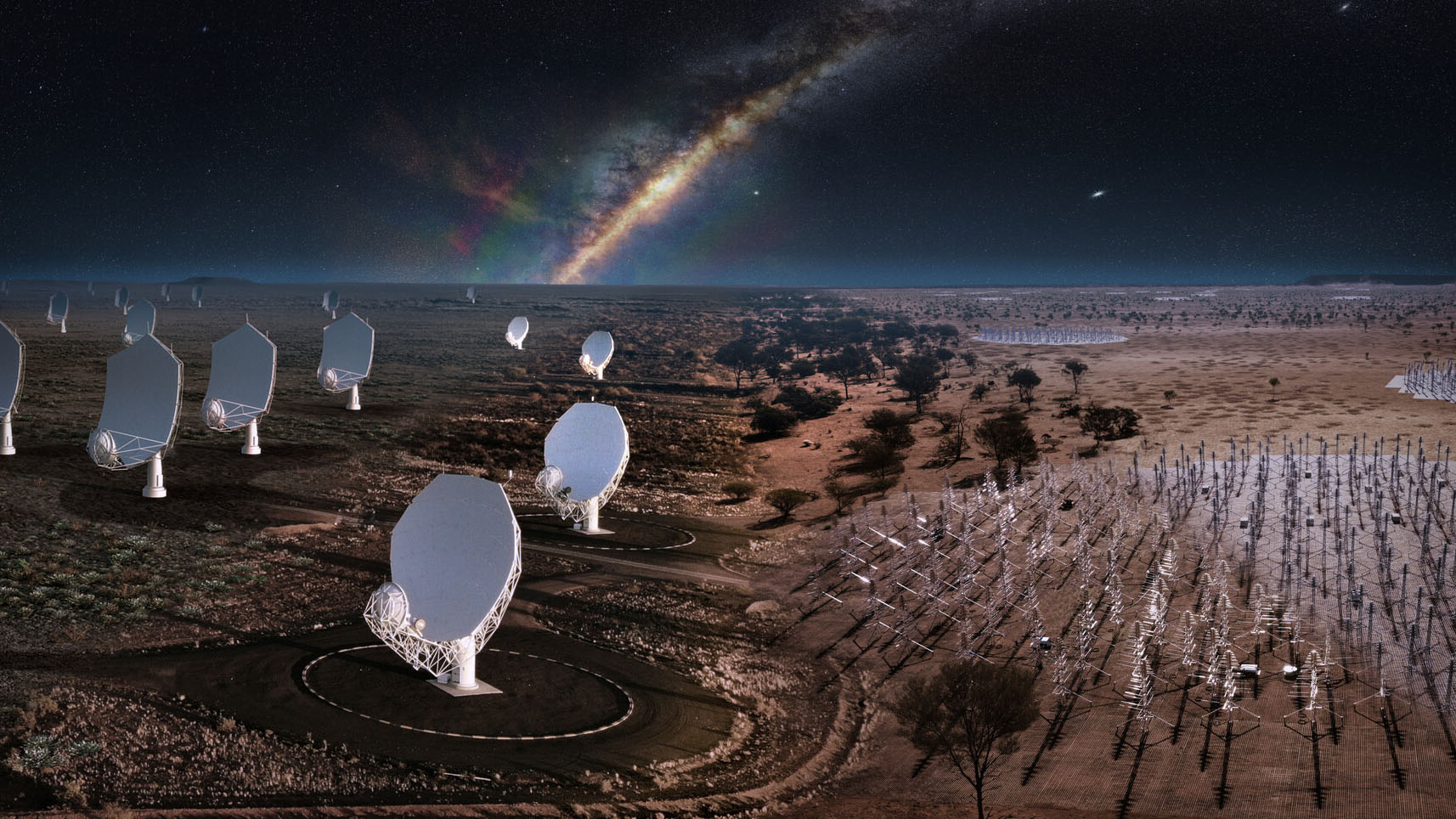Projects are listed in alphabetical order
ALMA
We are strongly involved in the Atacama Large Millimetre Array (ALMA) – a worldwide collaborative project to build a high-resolution millimetre-wave telescope in Chile.
AMI
The Arcminute Microkelvin Imager (AMI) consists of a pair of interferometric radio telescopes - the Small and Large Arrays - located at the Mullard Radio Astronomy Observatory near Cambridge. AMI was designed, built and is operated by the Cavendish Astrophysics Group. AMI was designed, primarily, for the study of galaxy clusters by observing secondary anisotropies in the cosmic microwave background (CMB) arising from the Sunyaev–Zel'dovich (SZ) effect. Following a successful upgrade of AMI's correlation system to a fast digital correlator, the telescopes are nowadays focused on studying transient celestial phenomena, such as GRBs.
CHEOPS
The CHaracterizing ExOPlanet Satellite (CHEOPS) will be the first mission dedicated to search for transits by means of ultrahigh precision photometry on bright stars already known to host planets.The CHEOPS project is a partnership between european team members, including the University of Cambridge.
CosmoCube
Cosmocube will explore the cosmic Dark Ages using the 21-cm line from atomic Hydrogen, after the CMB decoupling, and before the brith of the first stars, from the most pristine radio environment in our cosmic vicinity, the far-side of Moon's orbit
E-ELT
We are involved in developing the high resolution spectrometer, HIRES, for the European Extremely Large Telescope(E-ELT), sited on Cerro Armazones in northern Chile.
HERA
The HERA telescope explores the cosmic reionization, which corresponds to the epoch in which the first stars and black holes reionize the neutral intergalactic medium (IGM) that pervades the Universe following recombination, within a few hundred million years of the Big Bang. The epoch of reionization, and the preceding ‘dark ages’ prior to the formation of the first stars, represent the last unexplored phases of cosmic evolution to be tested and explored.
JWST
The James Webb Space Telescope (JWST) is the successor of the Hubble Space Telescope, launched in 2021. It is a joint project between NASA, ESA and CSA. We are heavily involved in JWST data analysis and Science.
MROI
Our pioneering work in optical interferometry has led to our group being partners in the development and construction of a major new instrument, the Magdalena Ridge Optical Interferometer (MROI) being constructed in New Mexico.
MOONS
We are heavily involved in the technical and scientific activities of MOONS,
the near-IR multi-object spectrograph selected by ESO as third generation instrument for the Very Large Telescope.
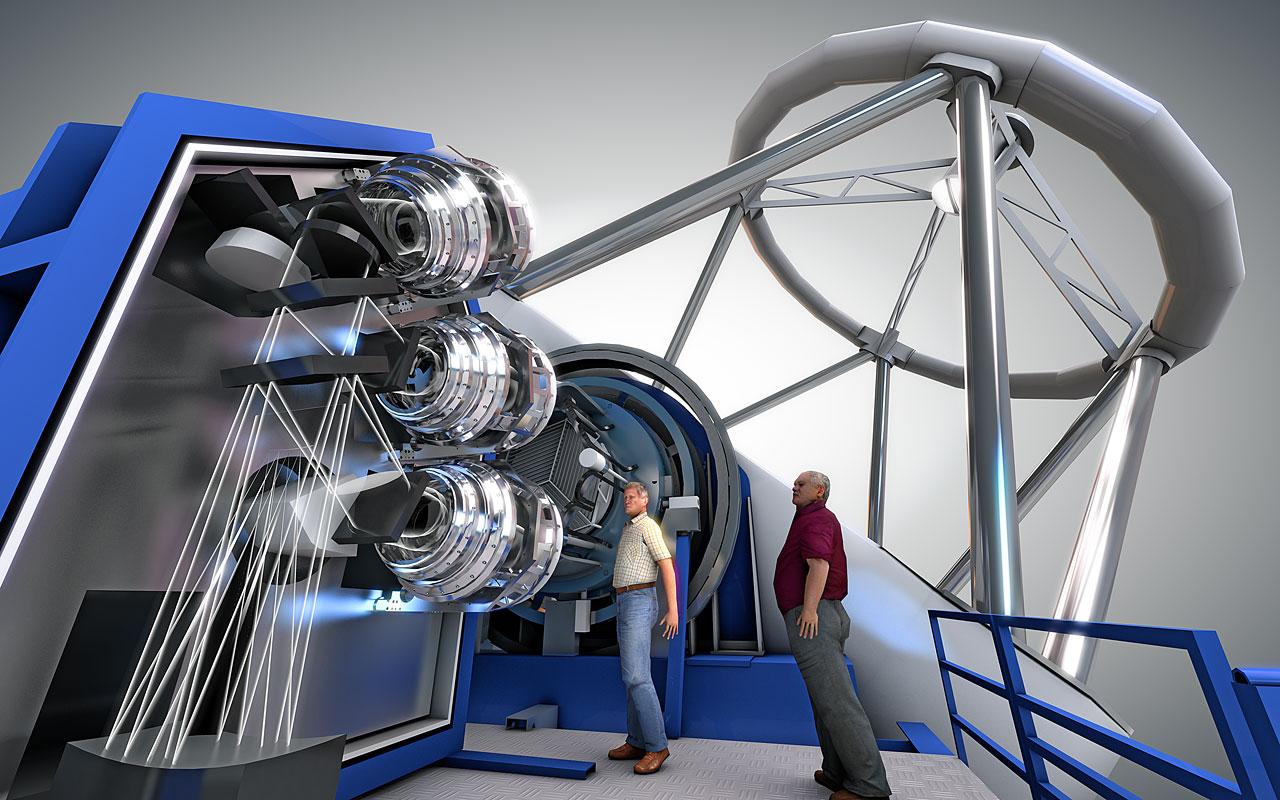
NGTS
The Next-Generation Transit Survey (NGTS) is a wide-field photometric survey designed to discover transiting Neptune-size and smaller exoplanets around bright stars (magnitude V<13). The NGTS project is a partnership between the University of Cambridge, Queen’s University Belfast, University of Warwick, University of Leicester, Observatoire de Geneve, DLR (Berlin) and Universidad Catolica de Chile.
REACH
The Radio Experiment for the Analysis of Cosmic Hydrogen (REACH) is a global 21-cm experiment dedicated to the study of the early epochs of the Universe (Cosmic Dawn and the Epoch of Re-ionization). REACH is a radiometer targeting the detection of the redshifted 21-cm Hydrogen line from the time when the first luminous objects in the Universe were formed.
SKAO
A further major, and developing, area of the Group’s activity lies in our involvement in the Square Kilometre Array (SKA). This is a worldwide endeavour to create a telescope spanning frequencies from 50 MHz up to at least 10 GHz, with a total collecting area of more than 1 square kilometre, and with the possibility of simultaneous observation of many patches on the sky. Such a telescope would enable fundamental advances in many areas of astrophysics and cosmology. Alongside with our work on SKA we participate in the development of precursor and related telescopes.


